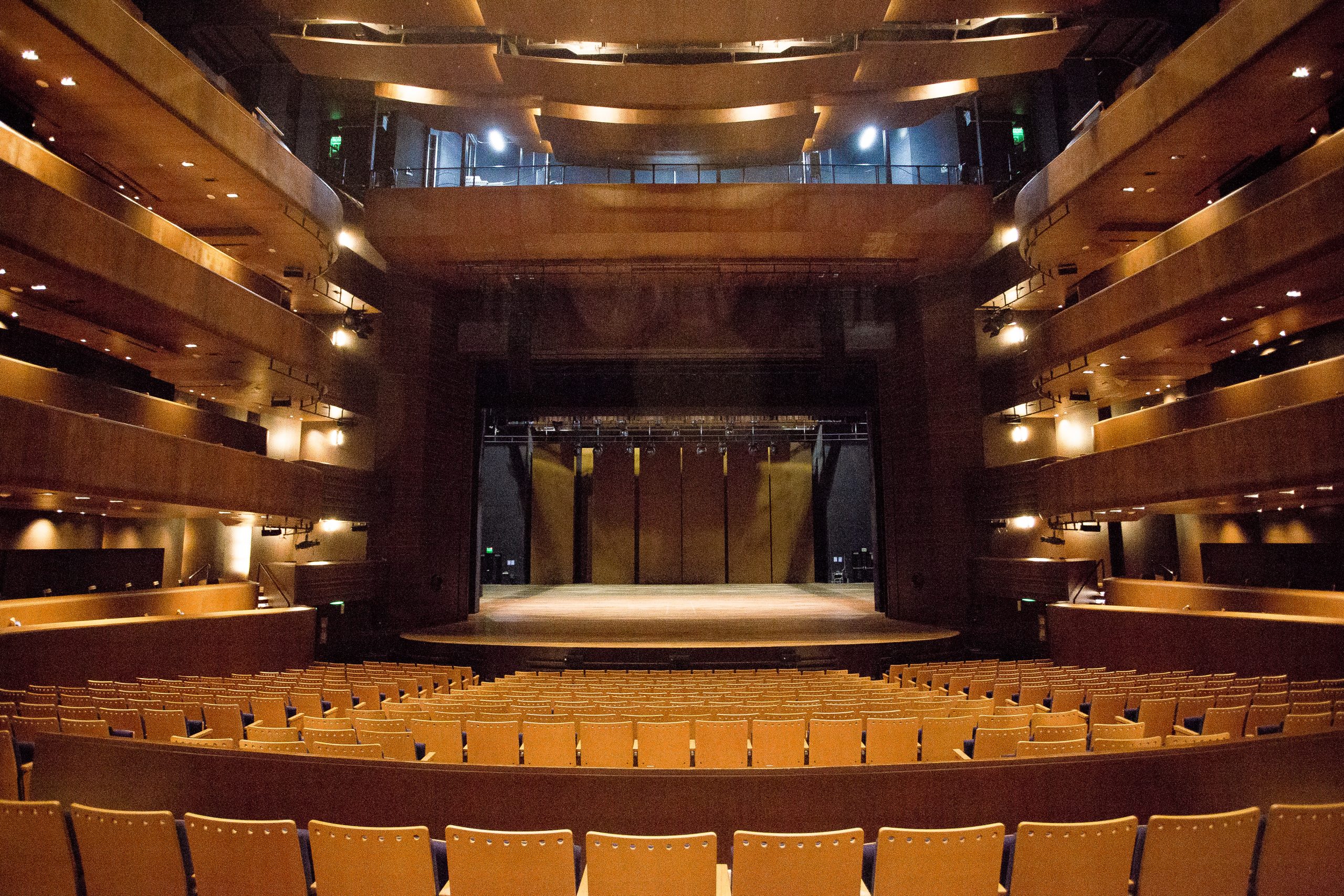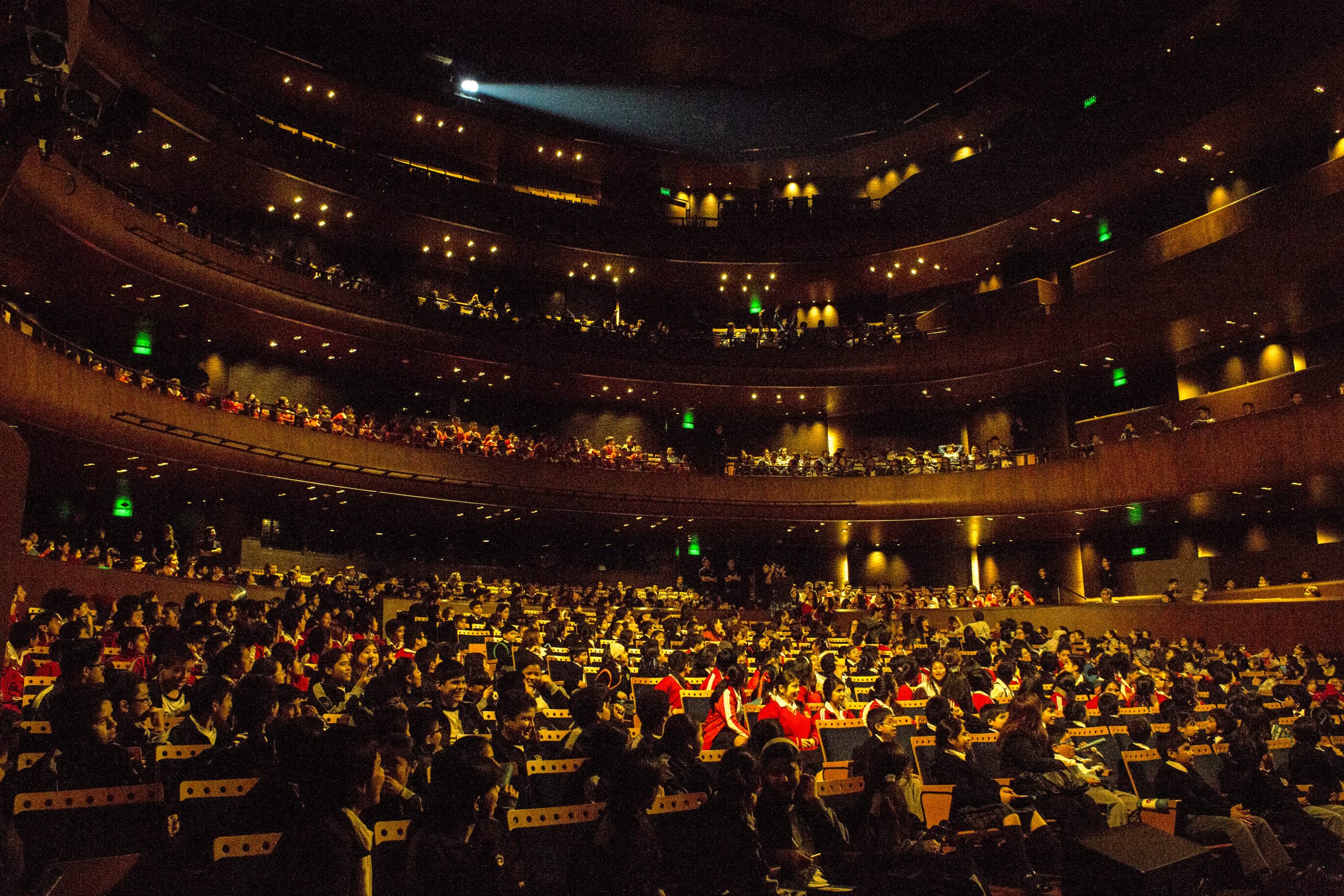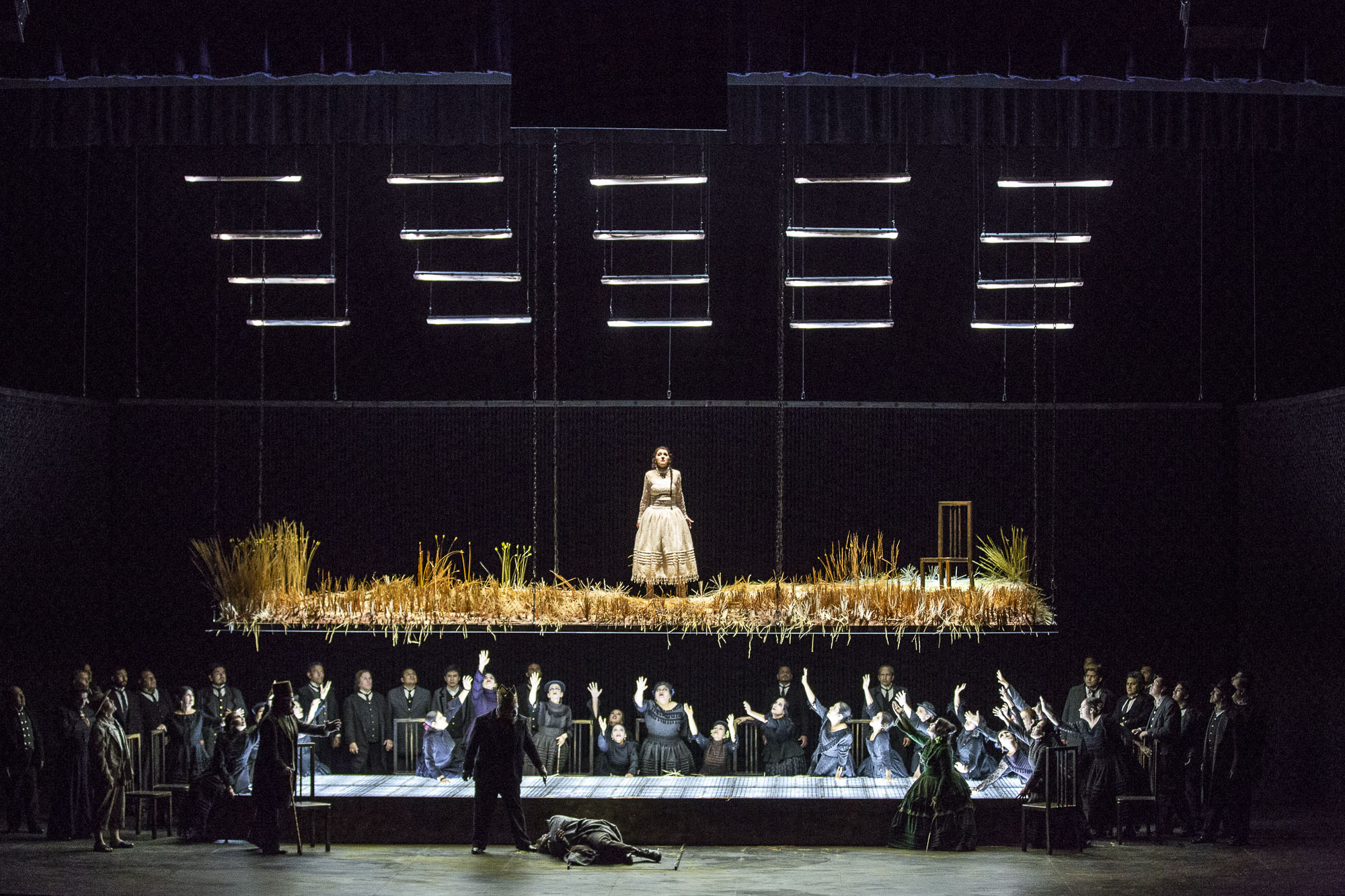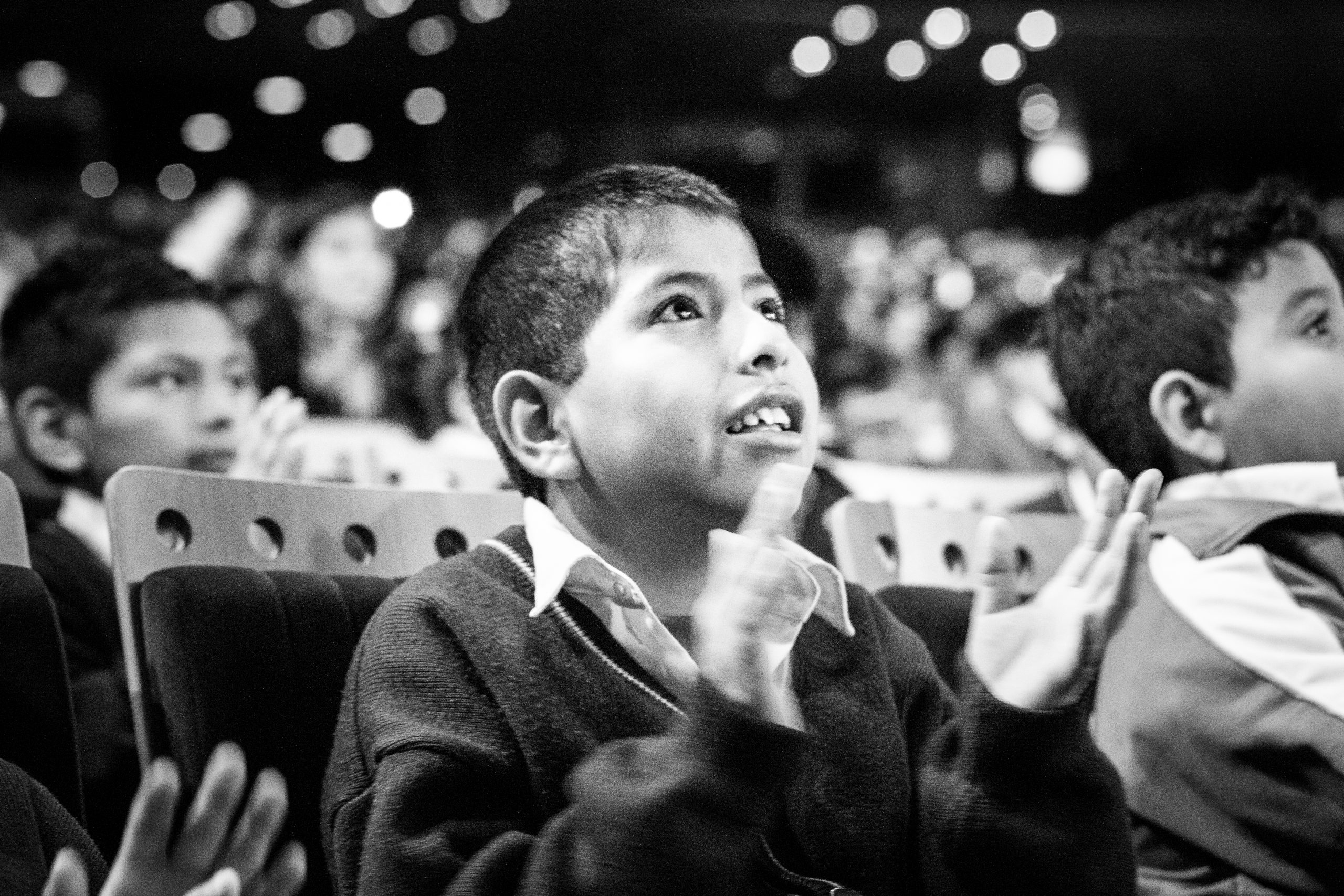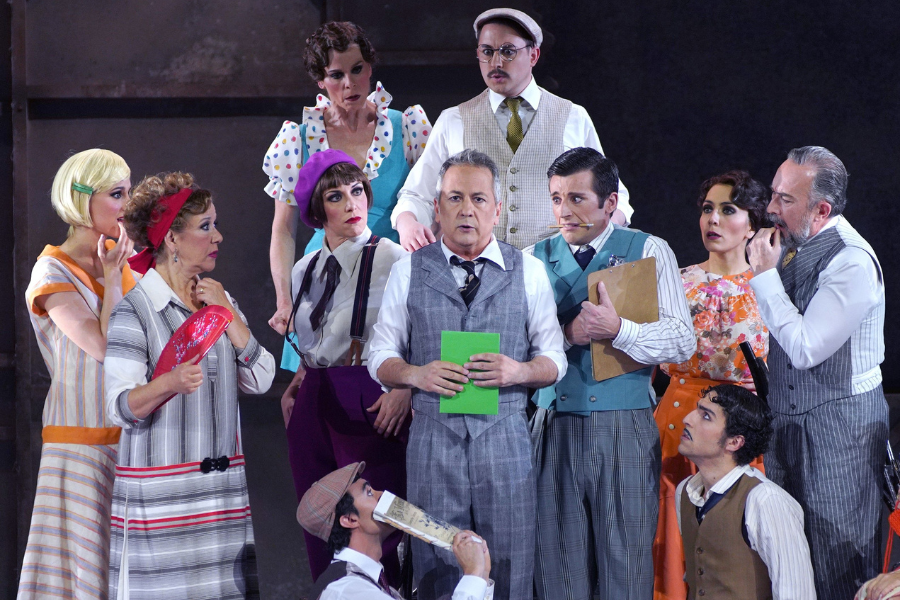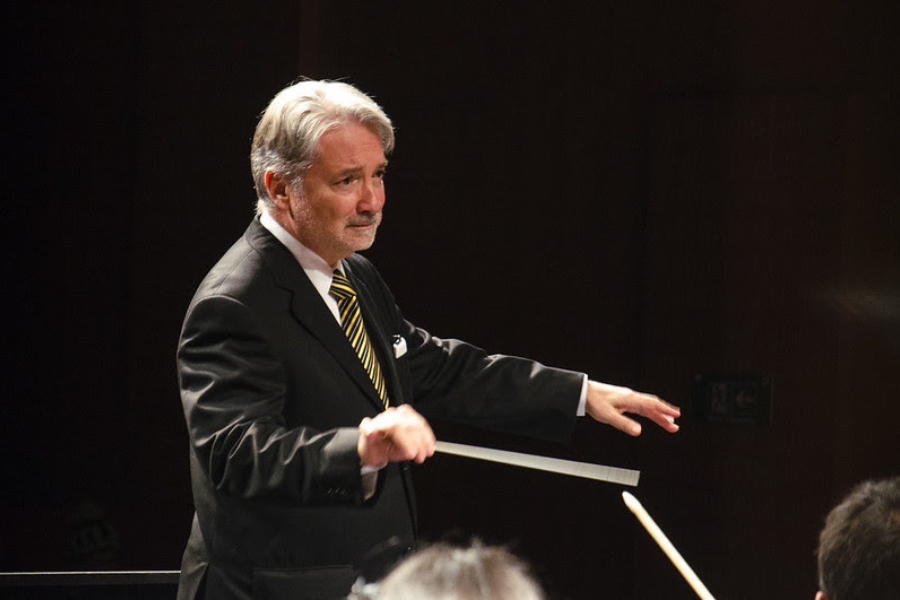Gran Teatro Nacional: a modern house for arts and cultures in Peru
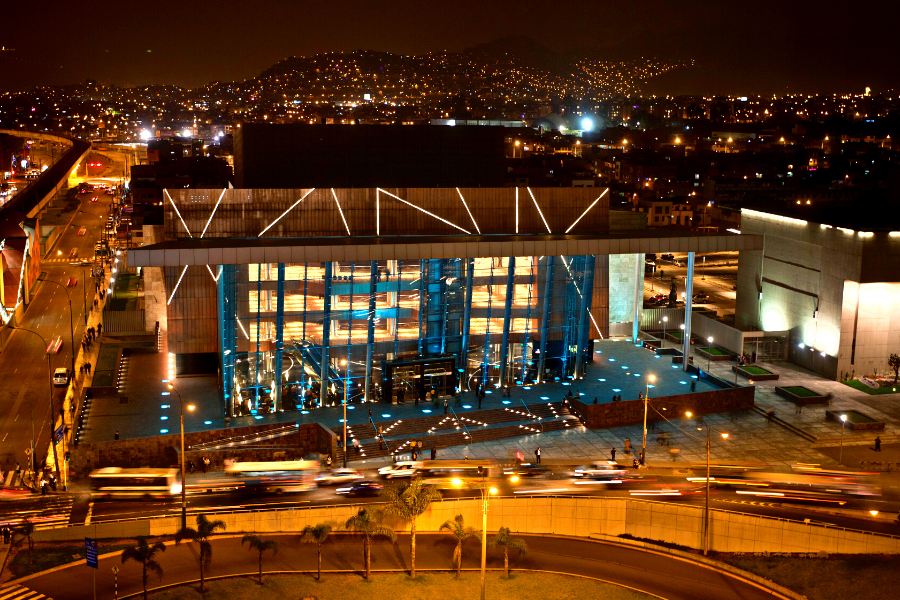
The Gran Teatro Nacional of Peru was inaugurated one night in July 2011 with a ceremony in which the National Symphony Orchestra of Peru, the Canadian soprano Erin Wall and the Italian bass-baritone Ruggero Raimondi performed. In 2012, it opened its doors to the public with an opera-ballet composed by the Peruvian Nilo Velarde, and a concert by the Spanish tenor Plácido Domingo. This theater, the largest in Peru, is the country’s commitment to art, with the focus on being an international showcase for Peruvian talent and staging major world-class productions. However, its main purpose is to promote the involvement and participation of the citizens of Peru in the performing arts.
The night of July 22, 2011, a longing for the artistic and cultural world of Peru was fulfilled. After two years of construction, the Great National Theater (GTN), the largest and most modern artistic stage in the country, was inaugurated. “This is a unique night of joy, by delivering to the country this wonderful work with which our country enters through the big door of dramatic, lyrical and dance art in the world,” said the then president of Peru, Alan García.
The opening ceremony was a preview of the mission that the Grand National Theater promised to accomplish. The concert began with the presentation of the Ayacucho harpist Otoniel Ccayanchira, who performed the piece Valicha, together with the National Symphony Orchestra, under the direction of Miguel Harth-Bedoya.
However, not only national talent was going to be made visible; That same night, the Canadian soprano Erin Wall (1975 – 2020), associated with the Metropolitan Opera, La Scala and the Paris Opera, and the legendary Italian bass-baritone Ruggero Raimondi (1941) took the stage as international guests. , star of the stages and screens of cinema and television around the world. The Great National Theater began its history and its aspirations on a grand scale.
Modernity and avant-garde
The district of San Borja is located to the east of the Peruvian capital, Lima. Among its streets, part of the country’s history is reflected; urban, residential and cultural life is animated by places such as the Banco de la Nación Tower, the Lima Convention Center and the archaeological complexes of Huaca San Borja and Limatambo, which contrast with the offer of apartments and houses characterized by their avant-garde architectural.
This municipality was chosen to build the Cultural Center of the Nation, which houses the National Library of Peru, the Museum of the Nation, the Ministry of Culture, the Ministry of Education and, as an emblem, the Great National Theater of Peru.
The initial idea for the construction of the Grand National Theater dates back to the first decade of the 2000s, when the country’s need for a modern, spacious stage with the capacity to host local and international artistic productions was raised.
The urban development of San Borja –and of other Lima municipalities such as La Victoria– also responds to an axis of innovation that Lima has endeavored to promote. In 2010, the architect Augusto Ortiz de Zevallos commented, regarding the progress of avant-garde architecture in different areas of the capital, that “now something else is being invented, as is the case with all large metropolises, with a young population that recreates his city”.
In 2007, the Board of Trustees of the National Theater was formed, which, according to the theater organization, is “a group of private benefactors who sought to promote the creation of a modern venue with a higher technological level for the country’s performing arts.”
Defining the construction meant bidding by public tender to architectural companies. The company of the Peruvian architect Alfonso de la Piedra was in charge of the general structure, while the acoustic design was carried out by José Nepomuceno, a Brazilian expert and author of the acoustic design of rooms such as the Sala São Paulo, the Ibirapuera Auditorium and the Municipal Theater. from São Paulo.
Between 2010 and 2011 the main works of the theater were carried out, which occupies a space of 15,000 square meters on the corner of the wide Javier Prado Este and Aviación avenues. The Gran Teatro Nacional was built taking into account a futuristic, original architecture that was capable of showing the innovation of Peru in the 21st century. The building can accommodate 1,500 people, a fully equipped stage, support and rehearsal rooms and different special artistic environments.
According to Nepomuceno, “acoustics guided the design, from the shape of the room to its volume, from the materiality to the selection of seats. Acoustic consultants undertook a modified horseshoe plan to enhance privacy and tri-level levels. The room has two reverberation chambers and several acoustic banners to provide variability in the room’s acoustic response.”
Between the autochthonous and the international
After the inauguration, on July 12, 2012, the long-awaited opening to the public took place. The first season of the Gran Teatro Nacional was great: it began with Akas Käs, The promise of the warrior, an opera-ballet created especially to start with a bang, by the Peruvian composer Nilo Velarde and the choreographer Celeste Viale. The play is a rescue of the indigenous history of the country: set in the period of the Moche culture -originating in northern Peru- it tells the love story between a young woman and a warrior. 250 Peruvian and foreign artists participated in the production, members of five of the six casts of the Ministry of Culture of Peru: the National Symphony Orchestra, National Ballet, National Choir, National Folklore Cast and National Children’s Choir.
“Since Akas Käs was opening the first season of the GTN, my idea was for the show to be inclusive, in such a way that the viewer could enjoy the performance, the dance and the music as if they were watching a movie, without needing to have prior preparation”, explained Nilo Velarde in a 2020 video, in which he invited to see the transmission of the work on the digital platform “Gran Teatro Nacional en Vivo”.
Within the framework of the second edition of the Viva México Festival 2012 –an artistic collaboration between Peru and Mexico–, the Spanish tenor Plácido Domingo gave a recital for the theater opening, with a repertoire that included classical pieces, zarzuela, some Broadway songs , Viennese operetta, as well as Mexican music and Peruvian themes.
“I feel very honored to be part of Viva México 2012. I am very excited to be back in this country in such a special festival of two countries that have extraordinary folklore and music. The Inca and the Aztec are two great forces. This is a very short visit but that is better than nothing,” Domingo said at a press conference for the occasion.
The house of the arts and cultures of Peru
Currently, the Grand National Theater is considered a multipurpose stage. It is the main headquarters of the National Casts of the Ministry of Culture of Peru: National Symphony Orchestra of Peru, National Ballet, National Choir, National Children’s Choir, National Folkloric Ballet and Bicentennial National Youth Symphony Orchestra.
As for the lyrical seasons, the theater has presented productions of repertory operas and even explorations towards children’s productions. Titles such as Alzira –Verdi’s famous opera set in 16th century Peru–, Carmen, Nabucco, Fausto and The Marriage of Figaro have been found with children’s and family operas such as The Little Prince and The City Under the Sea.
The COVID-19 pandemic led to the temporary closure of the GTN in March 2020, but this situation served as an opportunity to consolidate the digital and television artistic programming. Through the digital platforms GTN en Vivo and Públicos GTN, in addition to the TV programs Teatro en Grande and Zona Teatro -promoted in partnership with the Institute of Radio and Television of Peru (IRTP)-, they transcended the physical space, reaching more than 15 million people throughout Peru and the world. These new spaces are also platforms for diverse artists and genres in the country.
In addition to the stable bodies, the theater has also hosted presentations by popular and folk music ensembles and artists, as well as theater companies. Among them, more recently, Los Shapis, Frágil, Novalima, the Yuyachkani theater group, Mauricio Mesones and Amanda Portales stand out.
In November 2021, the Gran Teatro Nacional created an agreement to promote the reactivation of the Peruvian artistic sector, hit by the COVID-19 pandemic, in which it awarded all the money raised by the box office to the artists.
Thus, the Great National Theater of Peru stands as a broad, diverse and multifunctional house of culture. The modernity and futuristic and avant-garde architecture that characterize its spaces make it an inclusive theater, where there is room for everything from the most outstanding international figures to emerging local talent, but always with a vision focused on its various audiences. This is based on the work in the formation of audiences for the performing and musical arts, generating a diverse, representative and quality programming, promoting the involvement and participation of the citizens of Peru in the cultural industries and performing arts of the world. .


